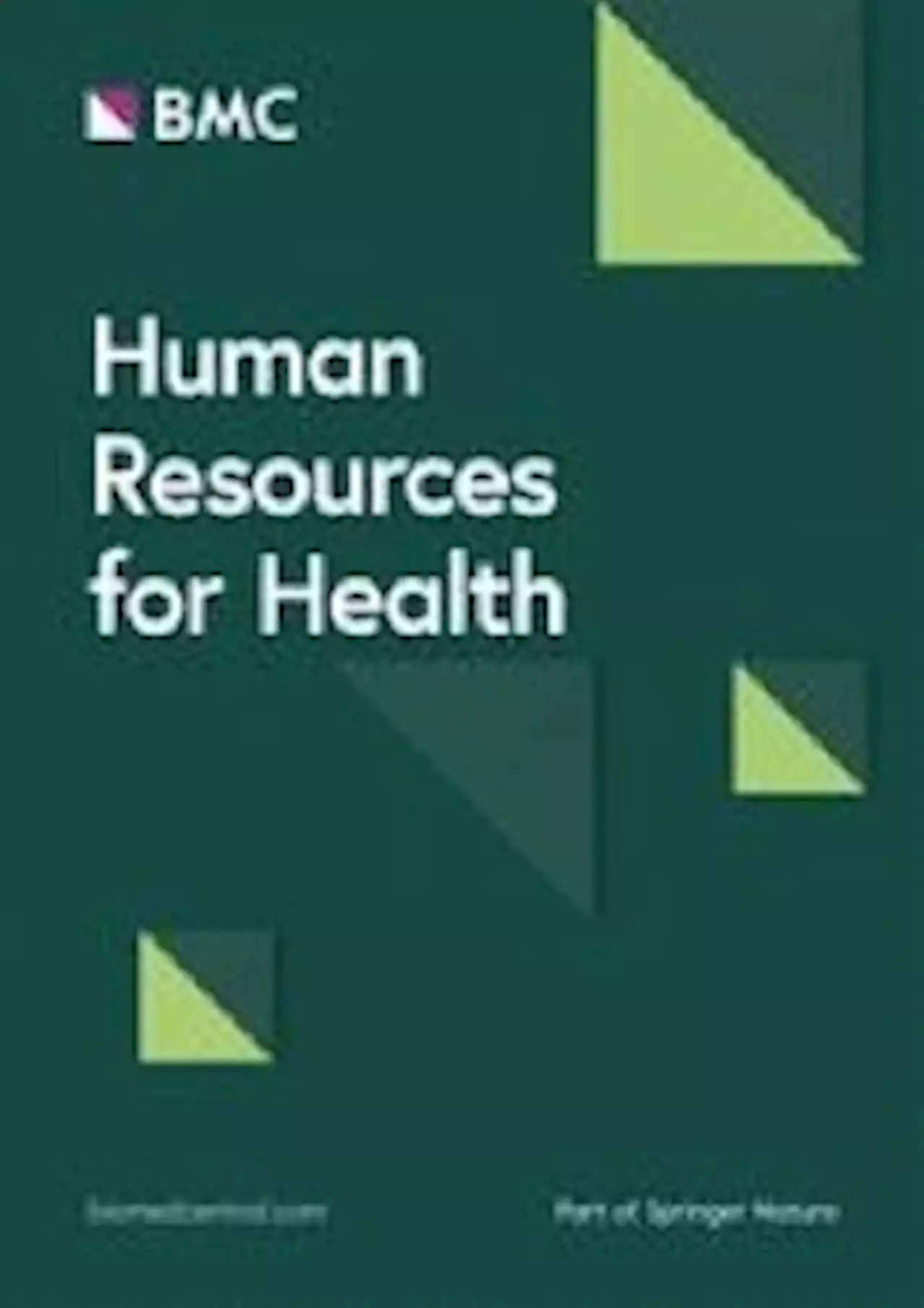Challenges associated with prescribing exercise to diabetic patients taking metformin Exercise Metformin Diabetes Type2Diabetes SMHS_Online
Type 2 diabetes is typically treated with a combination of pharmacological medications and lifestyle measures, such as physical activity and dietary changes. While concurrent administration of metformin and exercise may reduce the chronic and acute impact of exercise on glucose metabolism. Hence, recommending exercise to metformin-treated patients necessitates careful consideration of the related benefits and dangers. In particular, the latter requires extensive scientific research.
The case patient was a woman aged 67 years. In 2009, she was diagnosed with T2D. Her doctor recommended her prescription, which has remained unchanged over the previous five years. Metformin was administered at 1,500 mg per day, to be consumed in two dosages of 750 mg daily at breakfast and dinner. Additionally, she was prescribed 100 mg of sitagliptin to be consumed with breakfast in the morning, along with statins consumed to lower her blood lipid levels.
Related StoriesThroughout the first month of the trial, the patient adhered to a time series protocol in order to measure the variations in blood lactate and glucose concentrations with and without treatment or exercise. This protocol included four days without medication or exercise , five days with only medication , and five days with medication and exercise . Using a cycle ergometer, HIIT was conducted once every 104 days for the medicine and exercise condition.
France Dernières Nouvelles, France Actualités
Similar News:Vous pouvez également lire des articles d'actualité similaires à celui-ci que nous avons collectés auprès d'autres sources d'information.
Health Status and Health Care Access Among Lesbian, Gay, and Bisexual AdultsThis cross-sectional study evaluated data from a large US survey (2013-2018) to determine how health status and access have changed among lesbian, gay, and bisexual adults compared with heterosexual counterparts.
Lire la suite »
 Most vulnerable Scots unable to afford vital medicine amid cost of living crisisOne man with diabetes and epilepsy couldn’t afford to top up his meter so was left with no electricity and had to throw out the insulin in his fridge.
Most vulnerable Scots unable to afford vital medicine amid cost of living crisisOne man with diabetes and epilepsy couldn’t afford to top up his meter so was left with no electricity and had to throw out the insulin in his fridge.
Lire la suite »
 One in three parents may unnecessarily give children fever-reducing medicineFor many children, winter season comes with regular exposure to circulating viruses at school or daycare. And a warm forehead is often one of the first clear signs a child has caught a bug.
One in three parents may unnecessarily give children fever-reducing medicineFor many children, winter season comes with regular exposure to circulating viruses at school or daycare. And a warm forehead is often one of the first clear signs a child has caught a bug.
Lire la suite »
 Prepayment meters forcing people to go without food and medicine, report claimsOne case study tells of a client who was forced to throw out his insulin because he could not keep it refrigerated
Prepayment meters forcing people to go without food and medicine, report claimsOne case study tells of a client who was forced to throw out his insulin because he could not keep it refrigerated
Lire la suite »
 The impact of COVID-19 on the mental health and substance use health (MHSUH) workforce in Canada: a mixed methods study - Human Resources for HealthBackground The increased need for mental health and substance use health (MHSUH) services during the COVID-19 pandemic underscores the need to better understand workforce capacity. This study aimed to examine the pandemic’s impact on the capacity of MHSUH service providers and to understand reasons contributing to changes in availability or ability to provide services. Methods We conducted a mixed method study including a pan-Canadian survey of 2177 providers of MHSUH services and semi-structured interviews with 13 key informants. Survey participants answered questions about how the pandemic had changed their capacity to provide services, reasons for changes in capacity, and how their practice had during the pandemic. Thematic analysis of key informant interviews was conducted to gain a deeper understanding of the impact of the pandemic on the MHSUH workforce. Results Analyses of the survey data indicated that the pandemic has had diverse effects on the capacity of MHSUH workers to provide services: 43% indicated decreased, 24% indicated no change, and 33% indicated increased capacity. Logistic regression analyses showed that privately funded participants had 3.2 times greater odds of increased capacity (B = 1.17, p | 0.001), and participants receiving funding from a mix of public and private sources had 2.4 times greater odds of increased capacity (B = 0.88, p | 0.001) compared to publicly funded participants. Top reasons for decreases included lockdown measures and clients lacking access or comfort with virtual care. Top reasons for increases included using virtual care and more people having problems relevant to the participant's skills. Three themes were constructed from thematic analysis of key informant interviews: the differential impact of public health measures, long-term effects of pandemic work conditions, and critical gaps in MHSUH workforce data. Conclusions The COVID-19 pandemic has had a substantial impact on the capacity of the MHSUH workforce to pro
The impact of COVID-19 on the mental health and substance use health (MHSUH) workforce in Canada: a mixed methods study - Human Resources for HealthBackground The increased need for mental health and substance use health (MHSUH) services during the COVID-19 pandemic underscores the need to better understand workforce capacity. This study aimed to examine the pandemic’s impact on the capacity of MHSUH service providers and to understand reasons contributing to changes in availability or ability to provide services. Methods We conducted a mixed method study including a pan-Canadian survey of 2177 providers of MHSUH services and semi-structured interviews with 13 key informants. Survey participants answered questions about how the pandemic had changed their capacity to provide services, reasons for changes in capacity, and how their practice had during the pandemic. Thematic analysis of key informant interviews was conducted to gain a deeper understanding of the impact of the pandemic on the MHSUH workforce. Results Analyses of the survey data indicated that the pandemic has had diverse effects on the capacity of MHSUH workers to provide services: 43% indicated decreased, 24% indicated no change, and 33% indicated increased capacity. Logistic regression analyses showed that privately funded participants had 3.2 times greater odds of increased capacity (B = 1.17, p | 0.001), and participants receiving funding from a mix of public and private sources had 2.4 times greater odds of increased capacity (B = 0.88, p | 0.001) compared to publicly funded participants. Top reasons for decreases included lockdown measures and clients lacking access or comfort with virtual care. Top reasons for increases included using virtual care and more people having problems relevant to the participant's skills. Three themes were constructed from thematic analysis of key informant interviews: the differential impact of public health measures, long-term effects of pandemic work conditions, and critical gaps in MHSUH workforce data. Conclusions The COVID-19 pandemic has had a substantial impact on the capacity of the MHSUH workforce to pro
Lire la suite »
 Paul vs Fury undercard: Badou Jack challenges Ilunga Makabu for WBC titleIlunga Makabu will face Badou Jack for the WBC cruiserweight title on the undercard to Jake Paul vs Tommy Fury in Saudi Arabia this weekend. Paul and Fury have had a long-term rivalry and will now …
Paul vs Fury undercard: Badou Jack challenges Ilunga Makabu for WBC titleIlunga Makabu will face Badou Jack for the WBC cruiserweight title on the undercard to Jake Paul vs Tommy Fury in Saudi Arabia this weekend. Paul and Fury have had a long-term rivalry and will now …
Lire la suite »
